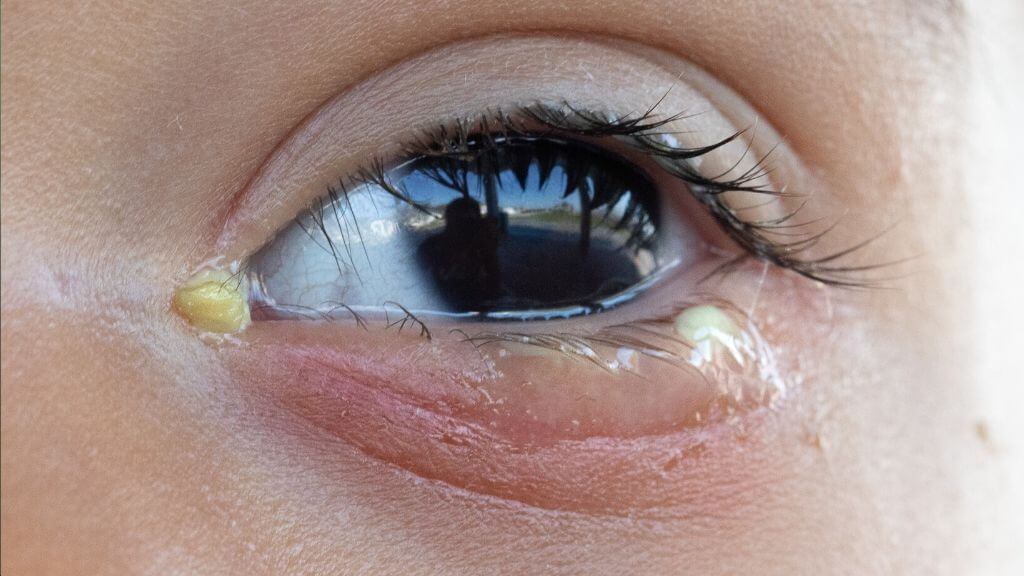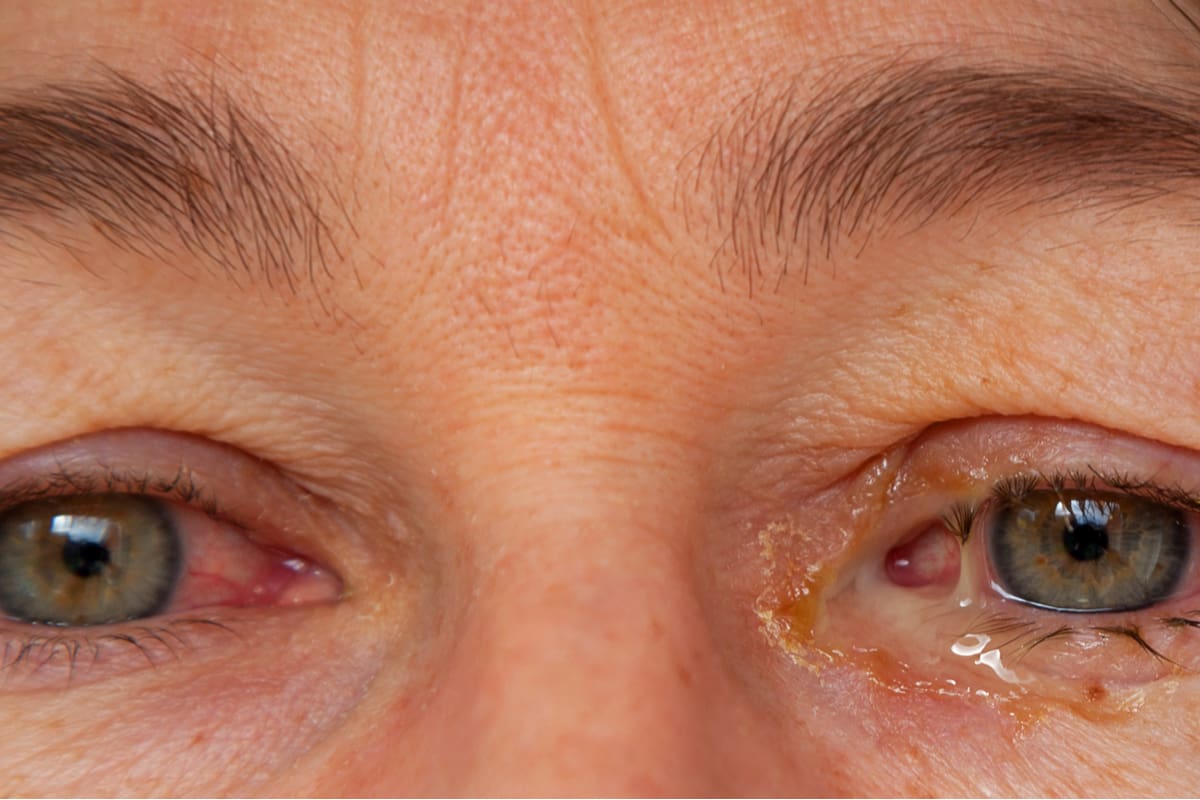White Mucus Discharge From Eye
White Mucus Discharge From Eye - Watery white discharge can be a sign of eye irritation or a viral infection, such as viral conjunctivitis, an eye cold or ocular herpes. When they get infected, the whites of your eyes look red or pink, hence the name pinkeye. Your doctor could also call it.
When they get infected, the whites of your eyes look red or pink, hence the name pinkeye. Your doctor could also call it. Watery white discharge can be a sign of eye irritation or a viral infection, such as viral conjunctivitis, an eye cold or ocular herpes.
Your doctor could also call it. When they get infected, the whites of your eyes look red or pink, hence the name pinkeye. Watery white discharge can be a sign of eye irritation or a viral infection, such as viral conjunctivitis, an eye cold or ocular herpes.
Understanding the Gunk in my Eyes Causes, Types and Treatments
When they get infected, the whites of your eyes look red or pink, hence the name pinkeye. Your doctor could also call it. Watery white discharge can be a sign of eye irritation or a viral infection, such as viral conjunctivitis, an eye cold or ocular herpes.
Eye Discharge Causes, Associated Conditions, and Treatments 1MD
Your doctor could also call it. Watery white discharge can be a sign of eye irritation or a viral infection, such as viral conjunctivitis, an eye cold or ocular herpes. When they get infected, the whites of your eyes look red or pink, hence the name pinkeye.
Types of Eye Mucus, Discharge, and Boogers
Watery white discharge can be a sign of eye irritation or a viral infection, such as viral conjunctivitis, an eye cold or ocular herpes. When they get infected, the whites of your eyes look red or pink, hence the name pinkeye. Your doctor could also call it.
What Causes White Liquid In Eyes at stevenblingo blog
Your doctor could also call it. Watery white discharge can be a sign of eye irritation or a viral infection, such as viral conjunctivitis, an eye cold or ocular herpes. When they get infected, the whites of your eyes look red or pink, hence the name pinkeye.
Mucopurulent Conjunctivitis Causes, Symptoms and Treatment
Your doctor could also call it. Watery white discharge can be a sign of eye irritation or a viral infection, such as viral conjunctivitis, an eye cold or ocular herpes. When they get infected, the whites of your eyes look red or pink, hence the name pinkeye.
White Eye Discharge Causes, Treatment, and More
Your doctor could also call it. When they get infected, the whites of your eyes look red or pink, hence the name pinkeye. Watery white discharge can be a sign of eye irritation or a viral infection, such as viral conjunctivitis, an eye cold or ocular herpes.
White Stringy Mucus in Eye CorneaCare
Your doctor could also call it. When they get infected, the whites of your eyes look red or pink, hence the name pinkeye. Watery white discharge can be a sign of eye irritation or a viral infection, such as viral conjunctivitis, an eye cold or ocular herpes.
Eye Discharge Causes, Treatment, and More
Your doctor could also call it. When they get infected, the whites of your eyes look red or pink, hence the name pinkeye. Watery white discharge can be a sign of eye irritation or a viral infection, such as viral conjunctivitis, an eye cold or ocular herpes.
Types Of Eye Mucus, Discharge, And Boogers, 55 OFF
Watery white discharge can be a sign of eye irritation or a viral infection, such as viral conjunctivitis, an eye cold or ocular herpes. Your doctor could also call it. When they get infected, the whites of your eyes look red or pink, hence the name pinkeye.
Causes of Eye Discharge and Possible Underlying Conditions
Your doctor could also call it. Watery white discharge can be a sign of eye irritation or a viral infection, such as viral conjunctivitis, an eye cold or ocular herpes. When they get infected, the whites of your eyes look red or pink, hence the name pinkeye.
When They Get Infected, The Whites Of Your Eyes Look Red Or Pink, Hence The Name Pinkeye.
Your doctor could also call it. Watery white discharge can be a sign of eye irritation or a viral infection, such as viral conjunctivitis, an eye cold or ocular herpes.


:max_bytes(150000):strip_icc()/eye-mucus-types-3422108_color2-5b95bba0c9e77c0082f5eeb0.png)






